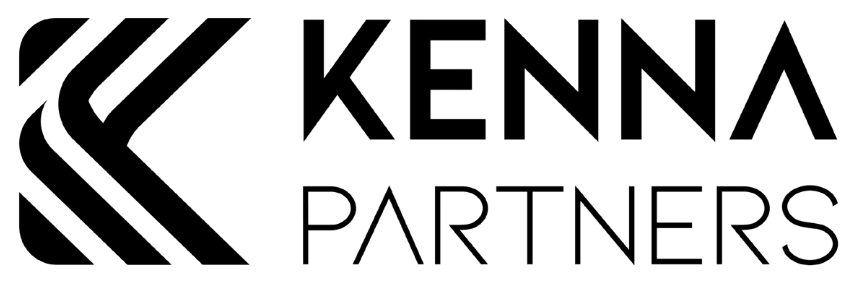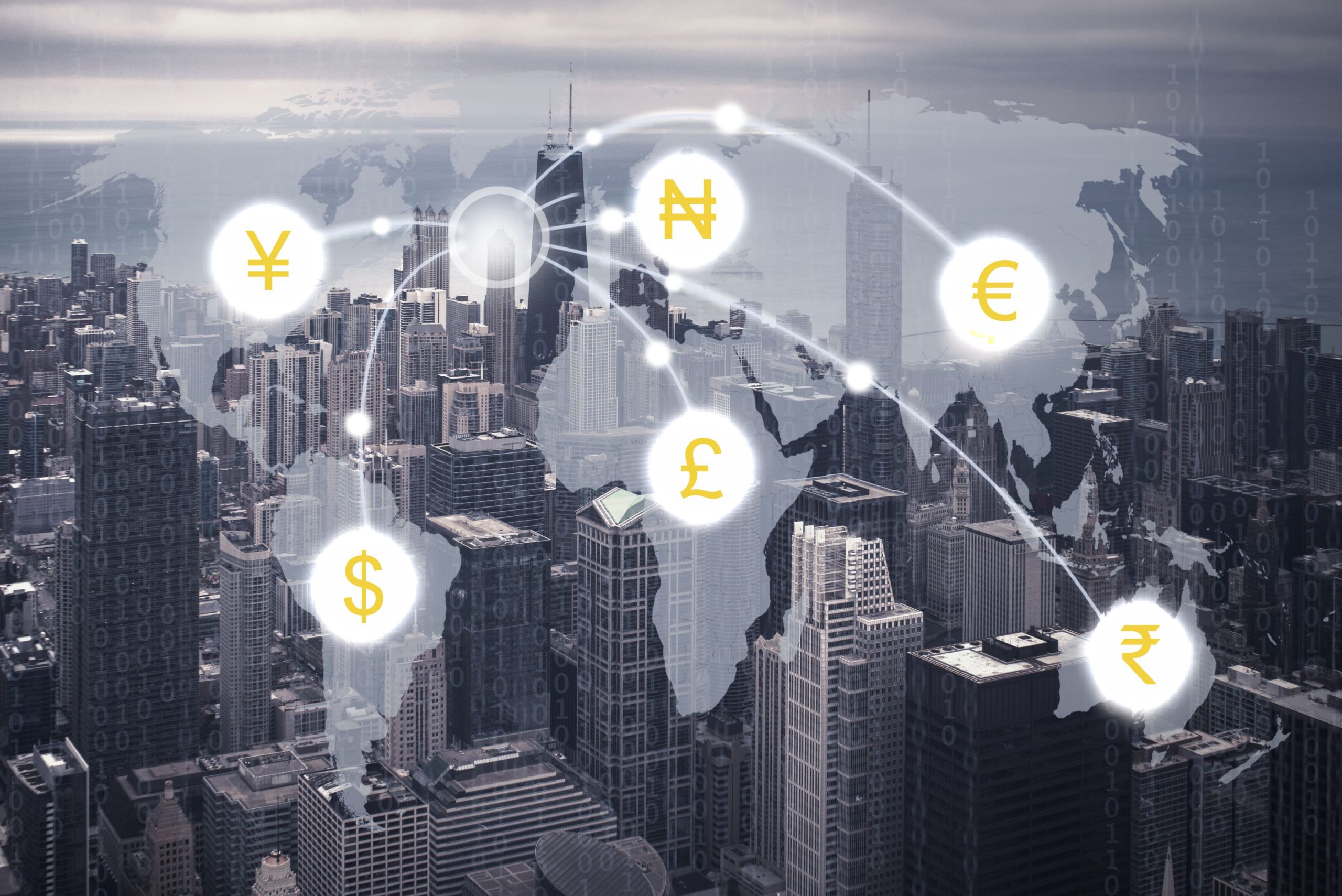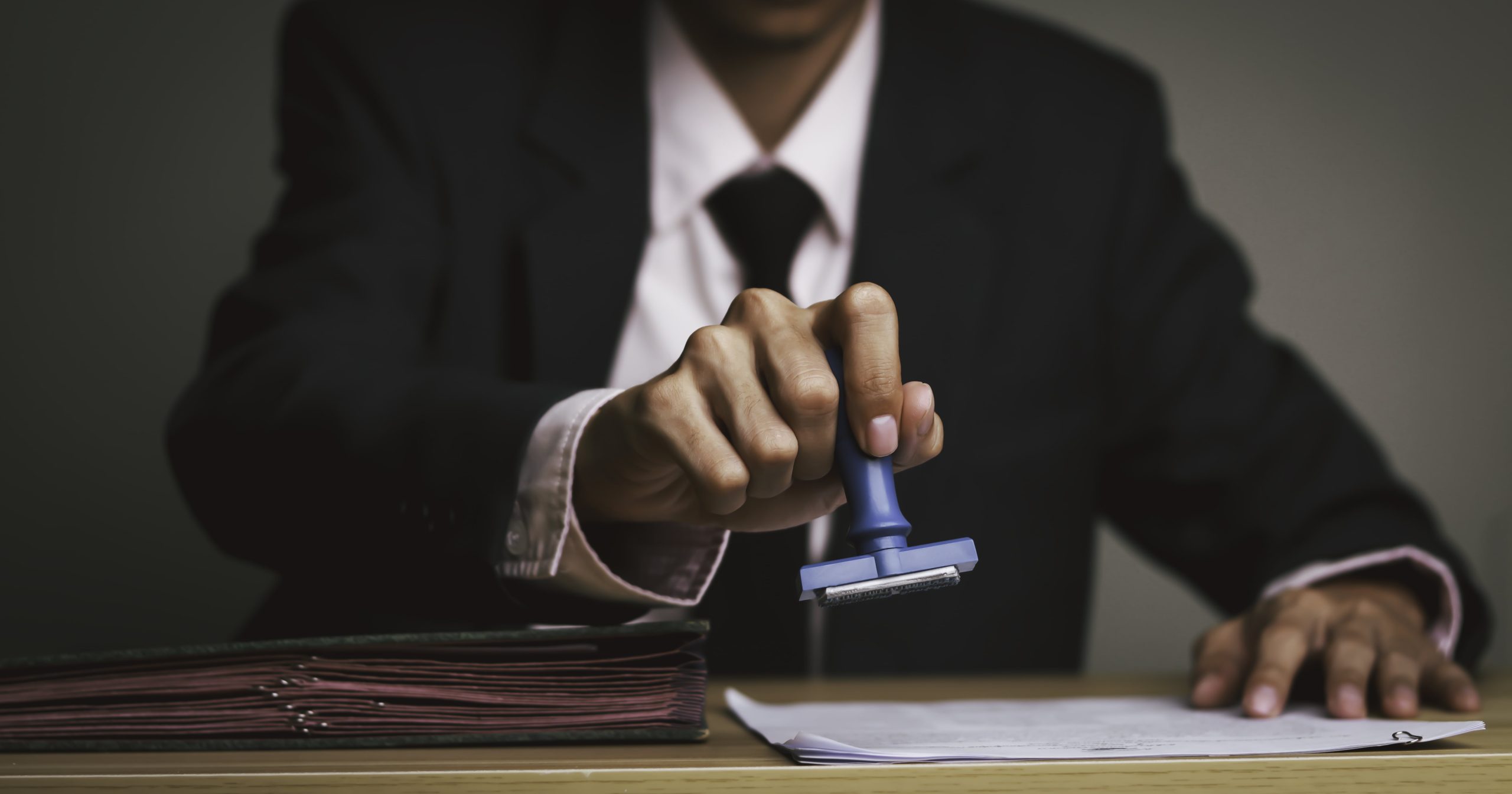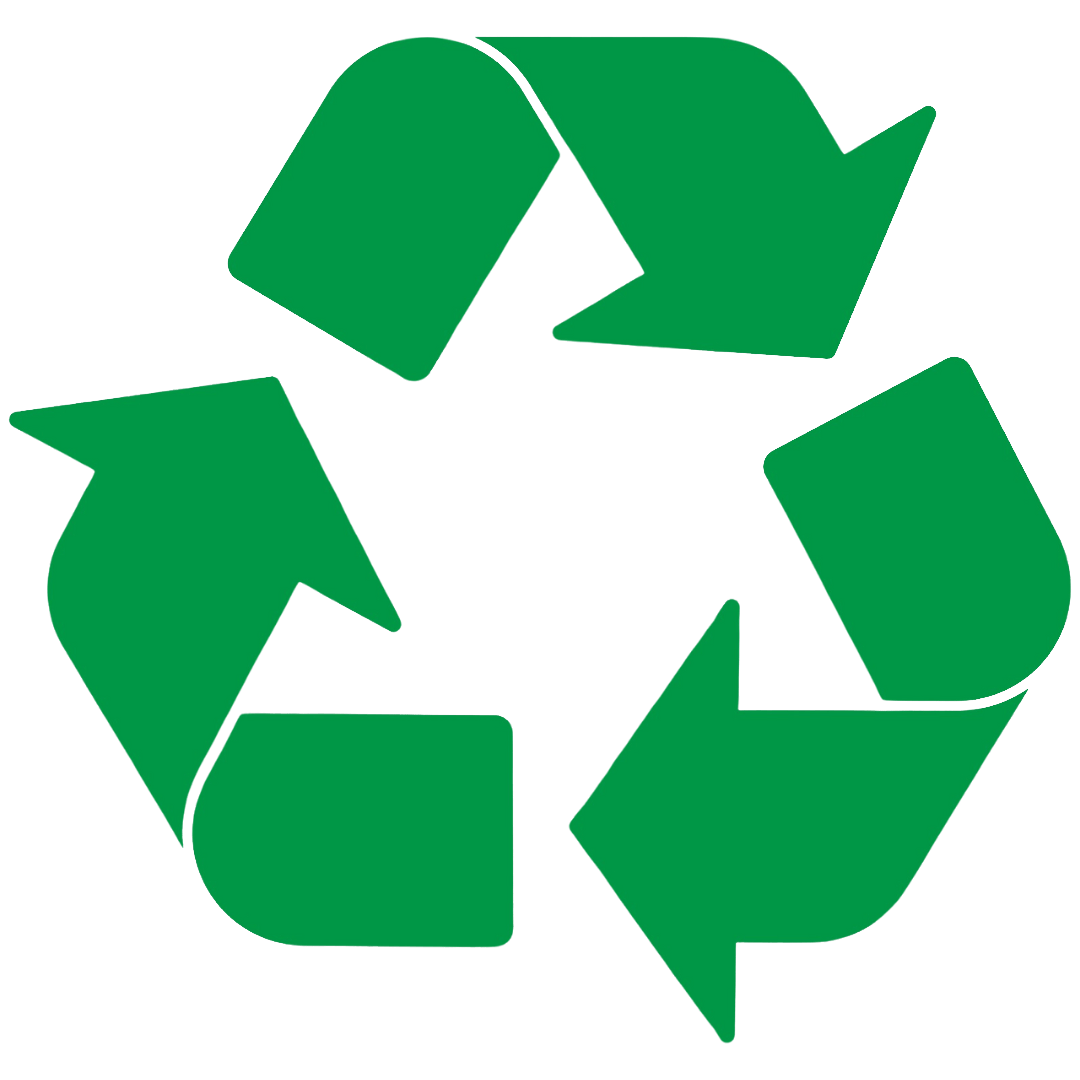INTRODUCTION
The common law notion of copyright has evolved to protect the rights of creatives in a bid to ensure that they have not just economic rights over the products of their creativity but also moral rights. This central theme in the protection of the rights of creatives has not changed. It is still the idea behind several intellectual property legislation and treaties/ conventions applicable globally. So, what does copyright mean?
Copyright laws depending on the jurisdiction, protect various creative works such as books, paintings, sculptures, videos, and so on. However, it gives a bundle of property rights to the holder of the copyrighted work. It is the work itself that is copyrighted and whoever is deemed the owner benefits from the bundle of rights accorded to the intellectual property work. It is important to note here the difference between the author of a work and the owner of a work.
This discussion seeks to briefly analyse the issues relating to the exploitation of copyright in the digital era and clarify some of the common misconceptions surrounding copyright and copyright infringements in the digital age.
The Digital Revolution
The internet has become the most vital platform for delivering digital content such as literature, movies, music, books, news, and software. One of the internet’s most significant innovations is the fact that the global reach of the internet enables digital content to be nearly instantaneously delivered to any portion of the world[1]. The instant delivery of data implies that many of the barriers that generally constrain the exchange of physical content of products (e.g. costly transportation, import tariffs) are significantly reduced or eliminated in the case of digital content. Thus, the price, access to and delivery mechanisms of copyrighted works can be reduced while expanding the coverage of work past geographical limitations to the whole world.
One may ask what the differences exist between the digital era when compared with the analogue and industrial revolution era that makes the digital era so disruptive to the existing order. The answer is in the definition of the digital revolution, which points to the fact that the digital era allows the storage, manipulation, and transmission data in ways that significantly transcends all previous techniques of storage, replication, and dissemination of information. As for data storage, digitisation allows the recording of all information in binary format-that is in a language of “1’s” and “0’s”. In this way, digitisation enables all works to be recorded and stored in a universal format. In addition to this standard format, compression techniques have extended our ability to store data in ever-smaller areas. We all know that one tiny memory disk; the size of a fingernail can digitally store a twenty-six volume encyclopedia, a thousand songs, and a thousand pictures in high quality. Such is the innovation of the digital era.
The second revolutionary aspect of digital technology is that it allows us to manipulate data in ways undreamed of until recently. Once a work has been digitised, software programs enable us to isolate and modify any aspect of the work we wish to manipulate. Consider, for example, an image captured by a digital camera Because the image is digitised. One may select particular colours, contrasts, or shapes from the image, and separate these elements from the overall image. Besides, digitisation permits users to alter data without degrading it. Again, a digital photograph provides an excellent example of this phenomenon. We can alter the photograph, modifying it infinitely without any loss of visual quality as compared with a traditional touching-up. Alteration can also occur when an analogue photograph is scanned into the digital world. For instance, one can take a picture as iconic as the famous Picture of President Obasanjo, and Jimmy Carter took in the 1970s and superimpose Goodluck Jonathan into the picture even though he was not there.
The third aspect of this digital revolution concerns the rapid transmission of data. The phenomenal development in communications networking, the transmission of data is no longer limited to one-to-one communication (e.g. telephone communication) or one-to-many communications (e.g. broadcasting). The networking of communications facilities allows the transmission of data from everyone to anywhere. Physical limits do not restrict the number of copies of a work that can be transmitted by electronic means. Similarly, no ceiling exists as to the number of recipients that can receive the work or where they may receive it.
The instantaneous transmission of information to as many people as possible points to the fact that copyright can be used as a viable incentive mechanism for the creation and dissemination of digital content. The rights of authors under Digital Media are the same as the rights of authors generally. In Nigeria section 1(2) of the Copyright Act [2] literary works; musical works; artistic works; cinematograph films; sound recordings; and broadcasts works are eligible for protection, section 1 (2) caps the protection of works for 70 years after the demise of the copyright holder upon which they will then be in the public domain free from copyright. The interpretation of works under section 39 of the Nigerian Copyright Act is open-ended to include innovations such as the digital media literature forms. However, these new literature forms are not expressly defined; thus, it is recommended that a future amendment of the Copyright Act include such amendment. The growth of literature in digital media has been exponential. Several well-researched indicators point to the fact that digital content is flourishing on the internet according to a range of indicators[3].
The digital revolution has created new avenues for the distribution of copyright. It has also created new forms of copyright such as the Graphics Interchange Format, better known by its acronym “GIF”[4], Ebooks, 3D painting, graphic designing, 3D, architecture and designing and even personal photographs[5] or snapshots of copyrighted materials that became popular and are now widely known as memes[6]. The data acquired also indicates that a significant portion of traffic is on the internet is infringing, notwithstanding the fact that the vast majority of the most famous works are available legitimately online[7]. While official estimates are not available, Cisco has estimated that all forms of video (i.e. TV, video on demand, Internet, and Peer to Peer Sharing)[8] will account for approximately 90 per cent of total consumer Internet traffic by 2015. Another example is the recent rapid growth of sites that allow users to upload and share content on the internet. It is estimated that the photo-sharing site Flickr alone reached 1.6 million photos uploaded daily on average on its platform in 2017[9].
The global effect of the internet has created a large market for digital content filled with infinite possibilities. However, it is not all smooth sailing as there is a debate as to whether existing laws and regulations cope well with rapid technological developments. However, as the market for digital content has grown, so has the importance of implementing sound copyright policies. There is a diverse set of views regarding the optimisation of copyright frameworks for the Internet age, and different aspects are currently being debated at national and international levels.
The Rights of Authors in the Digital Era
Piracy/ Copyright infringement
The digital age and instant access may be a method of growing interest in the literature; however, they also simultaneously create a problem of copyright infringement through passing off or more often than not blatant piracy[10]. Interactivity empowers the user to play a significant role in determining the ultimate nature of the work. We are entering an era where the boundary between creator and user becomes increasingly blurred. Compare the amount of active user input between a work of authorship embodied in a tv series, book or a video game, specially designed for active, tangible user input. As a result, the convenient dichotomy between author and user evaporates in an interactive environment. This, in turn, upsets the allocation of ownership rights between the author and the user of the work. Thus it may be fair to say that interactive media undermines the notion of authorial identity of author’s as well as hinders the enjoyment of the rights of authors.
Lack of fixed boundaries renders transactions involving the rights of authors chaotic and uncertain. In other words, the decentralisation of authors, consumers, and distributors make the prospect of informal arrangements between those works exceedingly complicated and costly. Practitioners of copyright law worry that the present contract and licensing systems cannot accommodate these more fluid and unstructured relationships.
In sum, the digital revolution has allowed access to literature and their reproduction and dissemination in ways not thought possible, until recently Data storage, transmission, and manipulability seriously challenge the control of the rights of authors. Without the ability to exclude others, authors will have little incentive to create works that take a substantial investment of time and effort. We may be left with these beautiful copying and transmission techniques, with less and less literature worth copying or transmitting. In addition, the digital revolution has undermined copyright laws sacred notion of the author and has rendered meaningless; in large part, the traditional boundaries that we have erected to define works of authorship or literature.
Where an author or creative is concerned that his or her copyright has been infringed on the internet, depending on the nature of the infringement and the cost implications, there are a plethora of options available to the injured party. Some of these options are provided for in the Copyright Act and date back to at least the last two centuries while some of these remedies are relatively new and have evolved as either legislative responses to copyright infringement on the internet or as a matter of practice on various social media or web platforms to protect copyright.
The traditional remedies available are; damages for copyright infringement, account for profits, an Anton pillar order, injunction, etc. Accordingly, where a person is concerned that his or her copyright has been infringed, an action may lie against the infringer for any of these remedies. However, in some cases, the cost of initiating an action in Court for the infringement may far outweigh the cost involved in the infringing activity. Where the original author is still desirous of protecting the infringement from subsisting without bringing an action, there are several remedies available to the author, viz; sending a cease and desist, notice and takedown and following the reporting rules of the particular social media platform.
The purpose of copyright law is to promote the progress of science and literature by restricting who can copy, reproduce, and publicly display works. Indeed, there would be much less incentive for authors and scientists to create new works if others could immediately reproduce the works with no credit or compensation given to the originals’ authors. As with trademarks, there is an inherent tension between copyrights and the right to free speech. By definition, a copyright is a specific restriction on who can say what. On the other hand, advances in science and literature generally rely on works that came before them. Upon recognising these issues, the legislation allows several exceptions to copyright protection. Copyright laws can constrain the derivative use of specific literature by subsequent authors. Furthermore, copyright litigation is notoriously complicated and expensive. Accordingly, copyright holders can abuse their rights by threatening litigation.[11]
Proactive protection of copyright
For the foreseeable future, traditional copyright law will have a role to play in the protection of art. Copyright law, as we have known it, however, may be mostly inadequate as applied to digitised works in electronic networks, forcing authors to seek other means to protect their works. Ultimately, the only answer to protecting the rights of authors in the digital age may not be through a specific body of law, but a combination of technological self-help and contract.
As regards technological self-help, the principal method to protect work would be through encryption techniques. Encryption encodes a work so that it cannot be read without the proper key. To have access to the work, the user must pay a fee to obtain a decryption key. Copy protection systems are not foolproof, and cracking encryption systems has become a form of sport for some programmers. The rise of encryption will become ever more essential in protecting author’s rights, as such, it will be expected that there will be a significant push for legislation that criminalises any attempt to circumvent technological means for protecting digitised intellectual products.
However, encryption may be complicated and expensive as well as interfere with the author’s vision. For instance, the vision of the author may be to educate merely and not sorely to exploit profit from work. Thus, to a lesser extent watermarking of one’s works with a different means of identification may go a long way to protect the work. It is advised that an author either uses the handle of whatever digital media medium or a registered business, name and trademark to protect the authors’ interests in the work.
Conclusion
Copyright is based on the concept of a fixed piece of literature whose contents are static, permanent, unchanging. The Copyright Statutes of various countries confers the copyright privilege only on those works that are “fixed in a tangible medium of expression”. Traditionally, the author has been able to determine the finished product-whether carvings in stone, ink on paper, or dye on celluloid. By contrast, digitised information is not frozen in print. The digital world is an interactive one, radically different from the world of the printing press on which so much of our current copyright law is based. In a way, it will not be wrong to state that copyright is returning to its early form era where stories were passed on from mouth to ear, without an authoritative version. Thus the law has to adapt accordingly.





